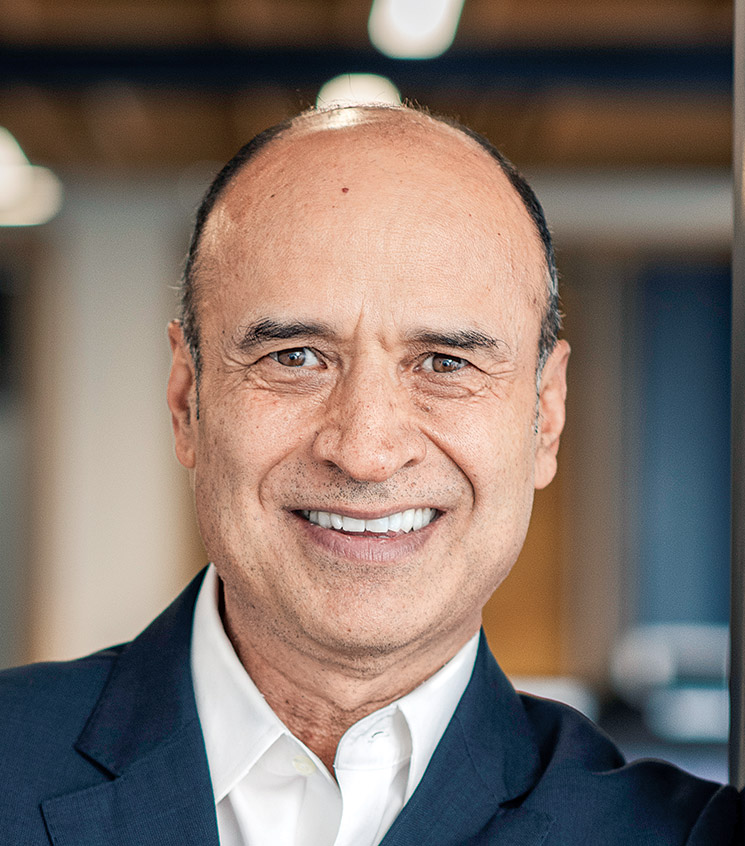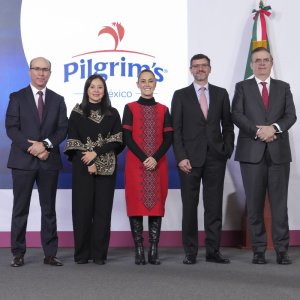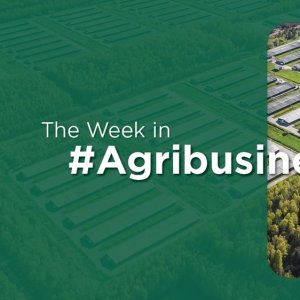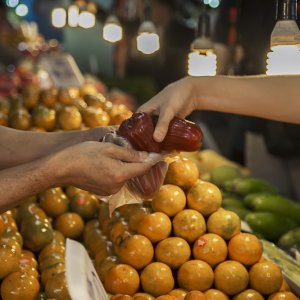Youth: A Key Piece for the Future of Agriculture

STORY INLINE POST
In 1987, the World Commission on Environment and Development published a report called Our common future, which was later named the Brundtland Report, after the Commission’s chairwoman, Gro Harlem Brundtland. This document was where the guiding principles for sustainable development were stated, and where the three fundamental pillars were built: social, economic, and environmental.
In my last articles, I have focused on the economic and environmental aspects of Syngenta’s strategy for sustainable agriculture; today, I want to focus on one fundamental aspect on the social pillar that, from my perspective, needs to be addressed immediately, not only in Mexico, but globally, if we want to assure food security in the coming years: New generations in agriculture.
According to Our World in Data, in 2007, the number of people living in urban and rural areas around the world was the same, around 3.3 billion in each. After that year, the urban population started increasing significantly until 2021 when a significant gap was formed: around 4.36 billion people lived in urban areas versus the same 3.3 billion in rural locations.
I travel a lot throughout the north of Latin America to talk to our clients and growers, and sadly, a constant that I have found is that smallholders have a common view across countries: “Incorporating technologies has been fabulous and has changed my life and my standard of living. I was even able to send my son and daughter to the city to study something else, so they won’t have to go through what I went through.”
Hearing this in different contexts profoundly hurts my heart and worries me because we can’t consider as a success factor having new generations leaving rural areas and agriculture. We must consider success as opening new opportunities to youth, making agriculture appealing, and positioning food production as one of the main activities to rewrite the future of this planet. From my point of view, we are still able to shape the future for next generations of committed, successful farmers.
How Old Are Those Who Feed Us?
According to Mexico’s 2019 National Agricultural Survey, 89.9 % of farmers in the country were between 40 and 60 years old, 8.1% were adults between 30 and 40 years, and only 2% were young people between the age of 18 and 30 years. Let me repeat this: Only 2% of the people who produce food in Mexico are between 18 and 30 years, and the average age is 56 years old.
This terrifying fact is not only local: in Spain, more than 50% of growers exceed 50 years old, the average in Africa is around 54 years and in Europe, at least a third of agricultural activities are managed by people over 65 years old.
Sustainability and Youth: Practices, New Approach
As with many complex topics there’s no easy solution, but the answer might be associated with the creation of solid, sustainable, productive, and profitable agri-food systems, not only to support the people currently related to this activity but to attract new generations.
Sustainable agriculture requires different tools and perspectives, it doesn’t have to be complex or unachievable as there are many arenas where every kind of farmer can participate to make changes. But it requires one fundamental change: to forget some of the things you have learned before and to learn anew, which gets harder the older you get.
In our experience, young farmers dare to explore new ways to do things, dare to discover different angles, and have the courage to use new technologies and implement new techniques. And I don’t mean that sustainability in agriculture is not possible with older growers — we have amazing tangible examples of mature farmers implementing conservation and regenerative practices — it is just that youth open up a new range of exciting possibilities.
For many years now, we have implemented successful programs focused on increasing productivity and profitability while taking care of beneficial insects, pollinators and ensuring soil health. Young growers are thirsty for these changes that bring together the three pillars of sustainable development and are the key door openers that sustainable food production needs to perdure and impact the planet’s future.
The Role of New Generations
It was with real joy that last year, while looking for different communication avenues to position agriculture and its role in building a brighter future, we found a group of young Mexican “agri-influencers.” This group of youngsters generate and share content on social media, where they communicate with their, in most cases, large and urban audiences. They share their daily experiences while producing different crops in different locations around the country. With a fresh and real narrative, they share images, videos and podcasts of all the work that goes into producing food and all the different actions they perform on a daily basis in terms of training, implementation of new and better techniques and how they use technology, from crop protection products to high tech tractors to drones and such, to better accomplish their job. Approaching audiences not related to the agricultural environment is an important step to attract talent and new generations to agriculture.
Furthermore, we have been working on these communication efforts, sharing what agriculture has to offer to new generations of not only agronomists, but biologists, chemists, biotechnologists, business administrators, marketing experts and others. New generations are often motivated by the impact and change they can make through their work, and I am certain that agriculture is the place to be to make some significant contributions.
I don’t want to forget the reality of thousands of smallholders who live below the poverty line, and who have a completely different reality. Bringing them closer to affordable technologies, such as crop protection products or seed care treatments, can increase yields significantly. Providing them with training on sustainability and technical knowledge, and closing the distance between them and the value chain, can also help improve the generation gap.
There is still a long way to go, but as a research and development company, we are focusing our efforts on generating a strong environment not only for our work today, but for what is to come. I always say that we want to produce agriculture today, but we also want to produce agriculture tomorrow and for many years more. To that end, we certainly will focus on the generations to come.








 By Javier Valdés | CEO for Mexico and North LATAM -
Fri, 03/31/2023 - 13:00
By Javier Valdés | CEO for Mexico and North LATAM -
Fri, 03/31/2023 - 13:00
















